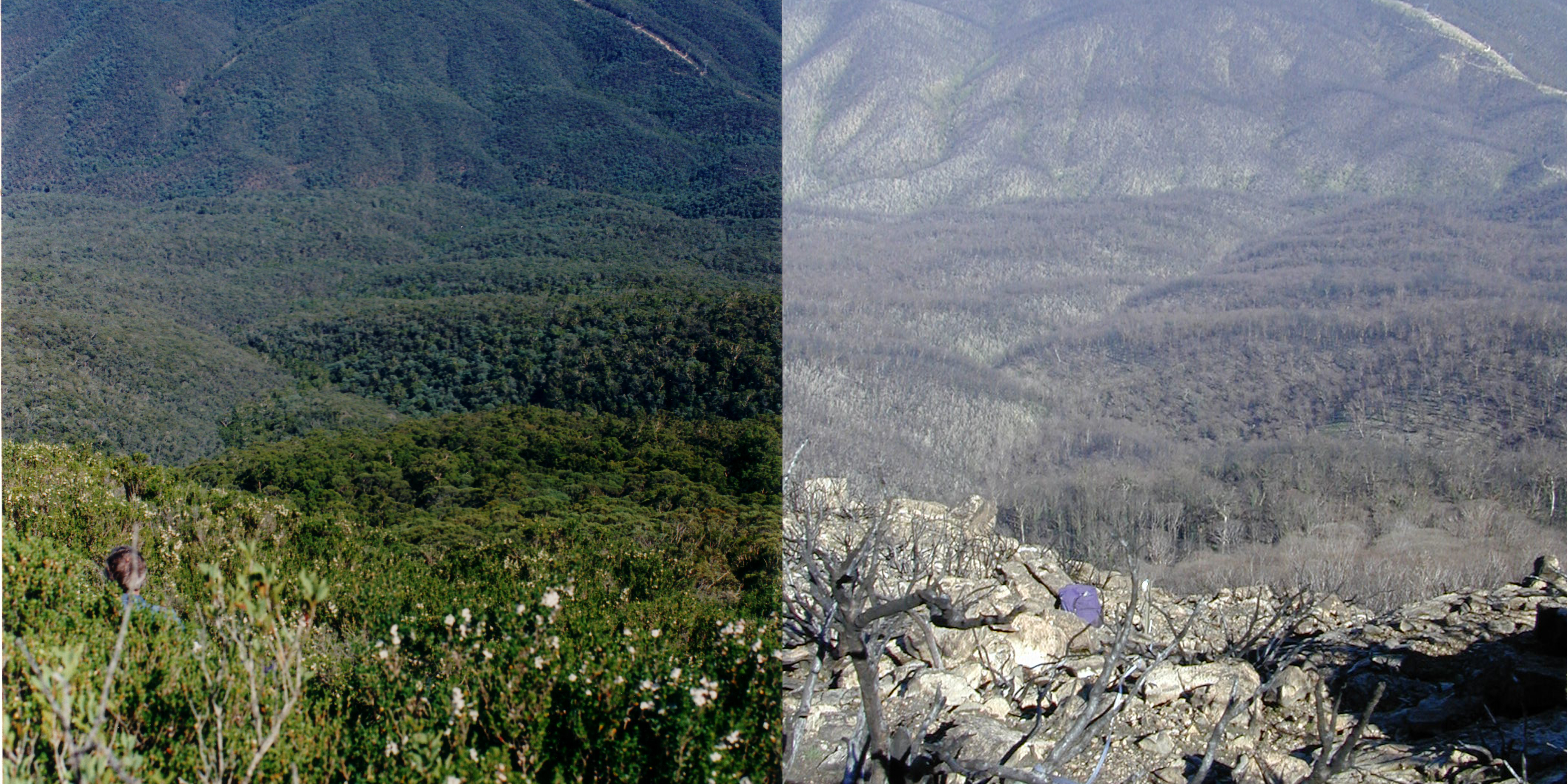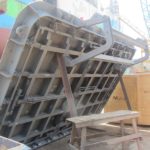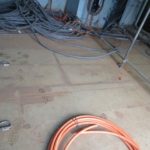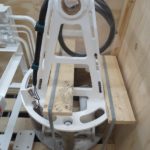By Fiona Henderson
Ten years ago the Australian Capital Territory was in the grip of severe bushfires, with thousands of hectares of land scorched throughout January, 2003. Almost 70% of the ACT’s pasture, forests (pine plantations) and nature parks were severely damaged. On this day in 2003, the fires entered the suburbs of Canberra.
Looking at photos of the bush after the fires that day – the leaf- and limb-less tree trunks standing in a field of blackened earth – you can’t help but wonder if life would ever return.
The 2003 fires left the Brindabellas almost unrecognisable. The image on the left was taken in Feb 1997 and the one on the right after the fires in Nov 2003.
But it turns out that the Australian bush is amazingly resilient.
Our own Michael Doherty had undertaken a vegetation survey in Brindabella National Park, Bimberi Nature Reserve and Burrinjuck Nature Reserve prior to the fires. Over 160 vegetation plots were established, with plant species, vegetation cover, structure and height being recorded and photographs being taken of each plot. All but three of the plots were burnt to a greater or lesser degree. This created the perfect opportunity to explore the effects of fire on vegetation, in a ‘before’ and ‘after’ study.
“We have been able to track the recovery of the bush over the ten years since the fire by comparing it with the vegetation that was there in 1996 when we first set up the survey sites,” Michael said.
“Prior to this study, there was little known about how fire affected the hundreds of plant species that are found in the Brindabellas.
“This is important information for gaining a basic understanding of how plants respond to different sorts of fire and in particular, how they may respond to fires of differing severity.”
After sorting the plots into low and high fire severity, each plot was assessed for changes in plant species composition (which species were present), plant species richness (how many different species were present), and vegetation structure (the way that vegetation is arranged into layers). These changes were assessed seven times over the past 10 years.
“Using the permanent sites we set up 17 years ago, we’ve been able to measure changes in species over time and compare the response to different sorts of fire in different types of vegetation,” Michael said.
Encouragingly, 80 per cent of plant species have re-sprouted, even after 100 per cent leaf scorch.
Of the 20 per cent of plant species that were killed by 100 per cent leaf scorch, all species were able to recover thanks to seeds protected in the soil or in capsules held on the plants. This meant that even though the plants themselves were killed, the species re-established in the landscape, so no plant species were lost from the study area.
“The amount of vegetation burnt varied from plot to plot, but even where fires burnt at high intensity, the plants are recovering well,” Michael said.
“It has been amazing to see that even though fires, particularly large, high intensity fires, aren’t common in this area, species have been able to re-establish themselves.”
Click on one of the photos below to view a photo gallery showing the regeneration over time:
ABC News Canberra recently ran a story on this ‘landscape recovery’ that you can watch here.






